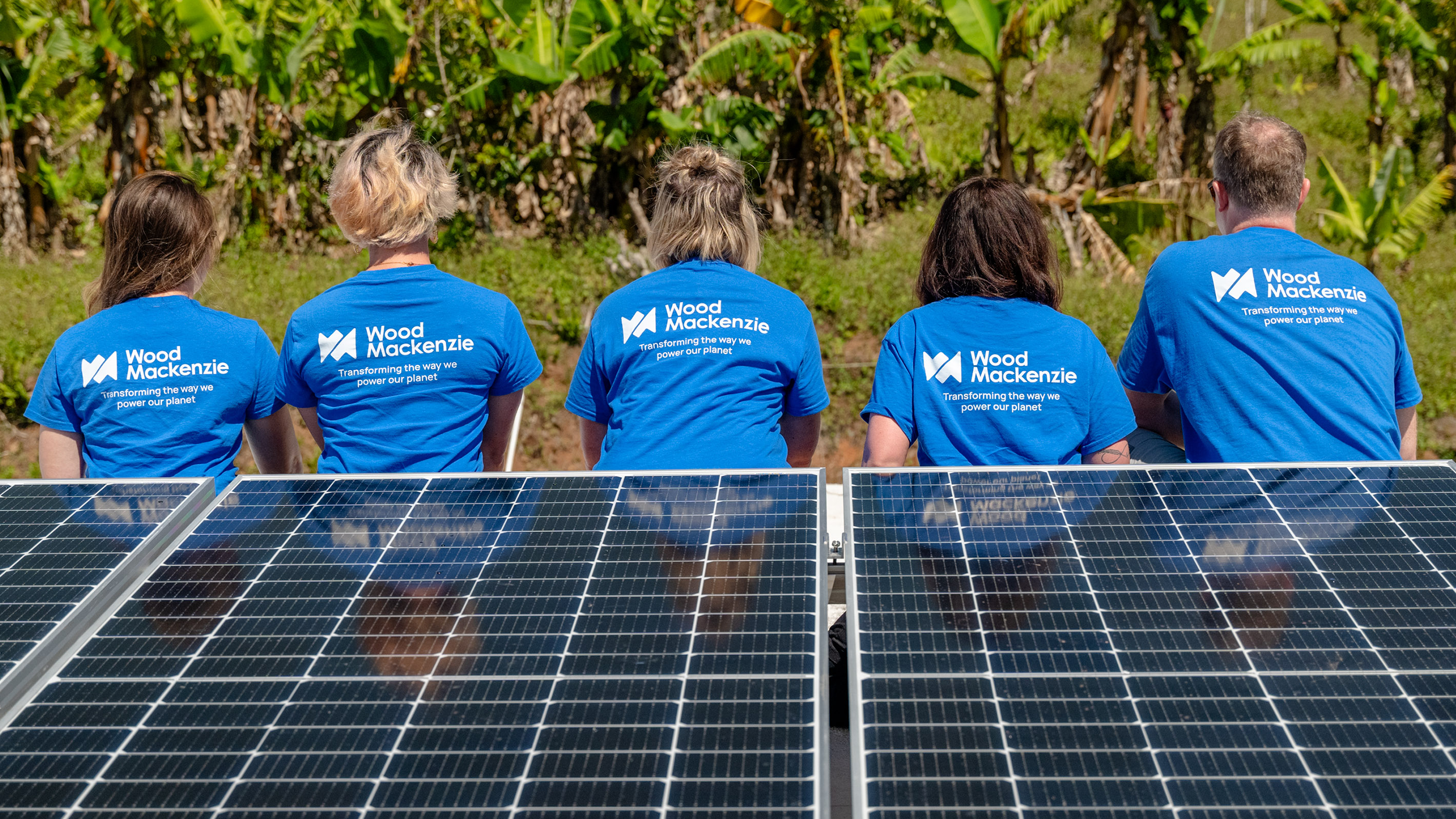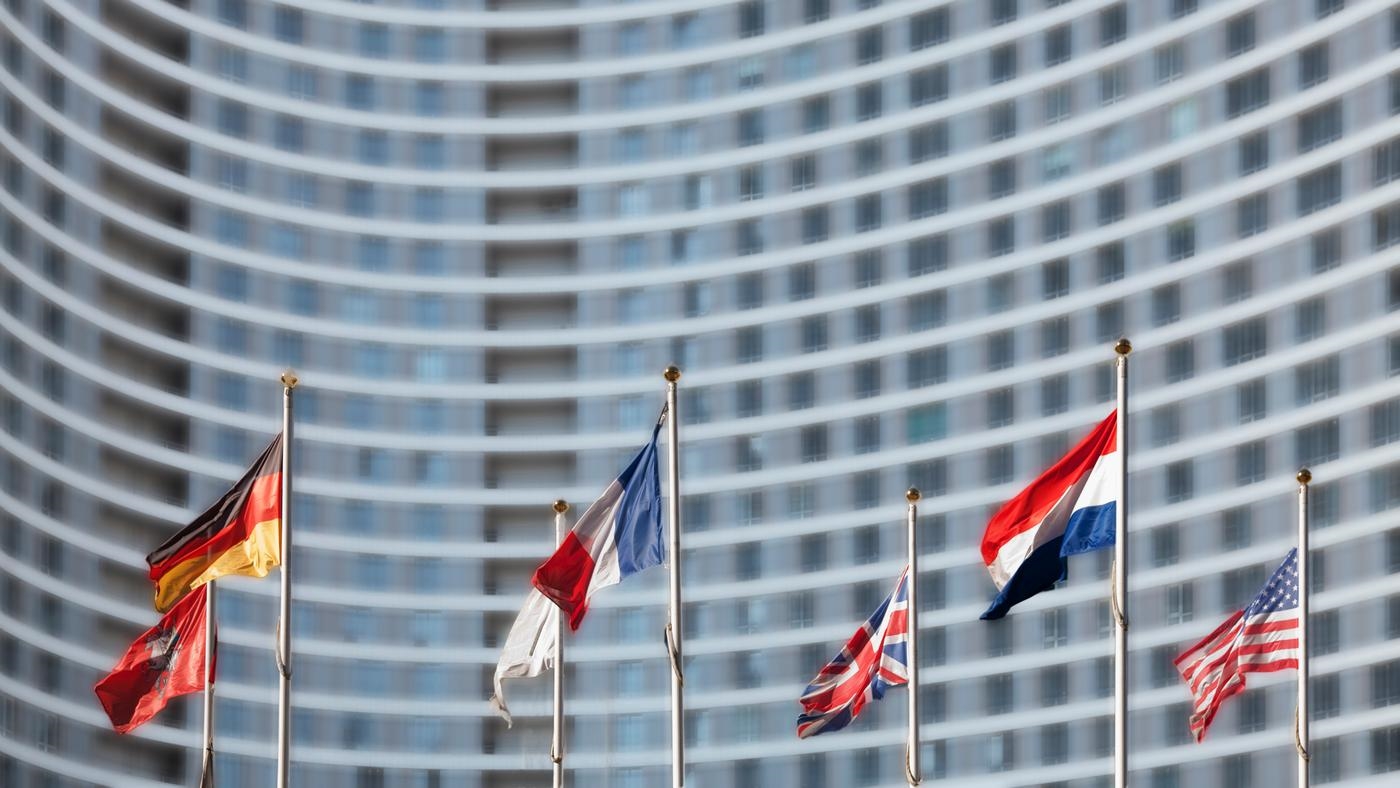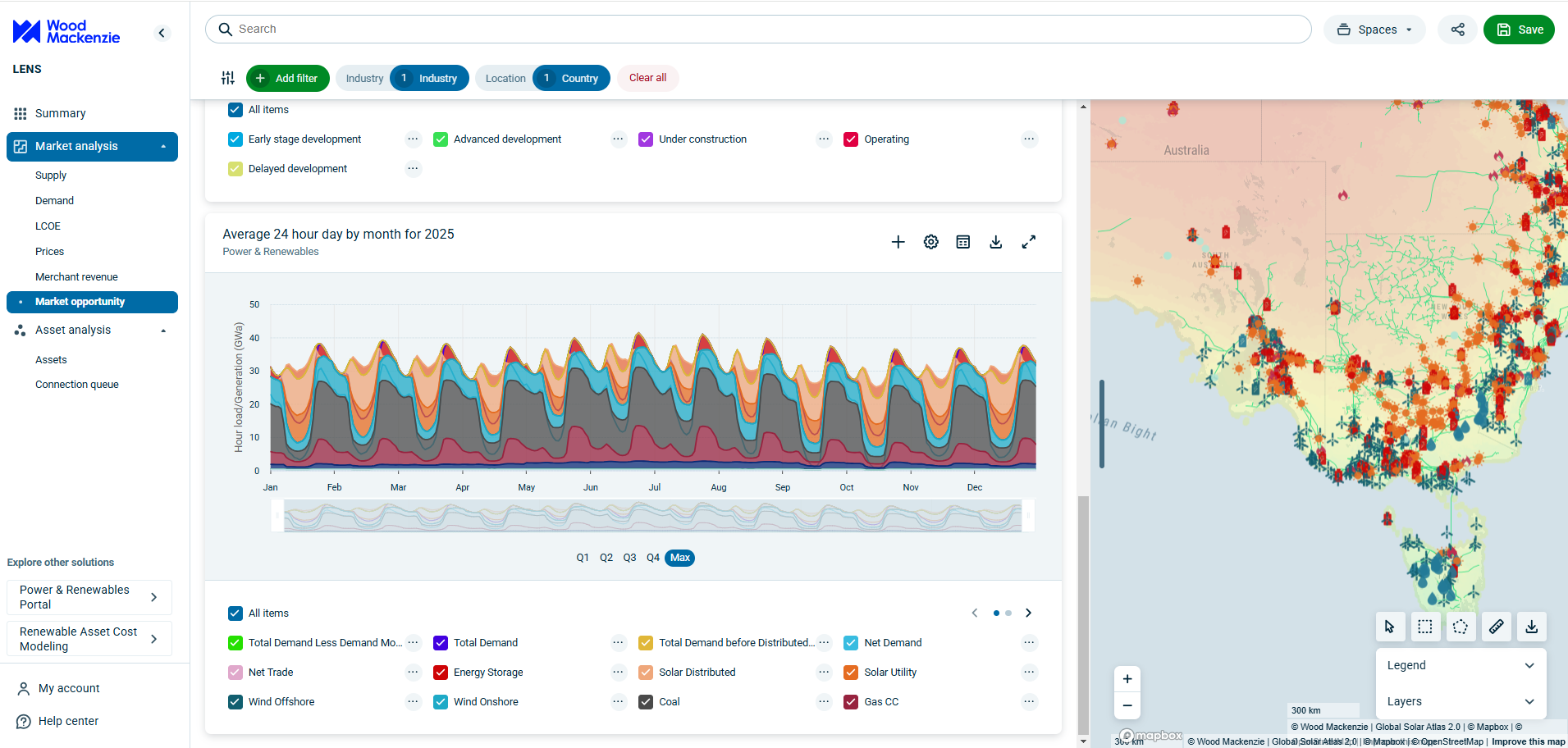Discuss your challenges with our solutions experts
Author: Victor Laurent, Manager, Product Development
On 30 September 2018, the common bidding zones of Germany, Luxembourg, and Austria of the EPEX SPOT were split. Germany and Luxembourg were now one zone and Austria another.
Instead of unlimited cross-border flows between Germany (DE) and Austria (AT), there is now at least 4.9 GW of transit capacity. Depending on the network situation impacted by various components such as grid stability or extreme weather, additional capacity can be made available in the short-term. The allocation mechanism follows flow-based market coupling for the Central West Europe (CWE) region. The Wood Mackenzie PowerRT Platform shows the interconnectors between Germany and Austria (Figure 1)
The split of the common German and Austrian power market is fuelled by Eastern European power markets (i.e., Hungary, Poland, the Czech Republic, and Slovakia) to bypass German loop flows and ease bottlenecks in their region. In times of congestion, excess electricity could flow from northern Germany through east European grids into Austria or southern Germany, looping around the blockage (Figure 2).
The Agency for the Cooperation of Energy Regulators (ACER) estimates the loss in revenues for the Polish and Czech economies at €25 million per year. This loop flow would also cause rising costs and less stability.
Figure 2. Excess electricity flow from northern Germany through eastern Europe into Austria
Source: Wood Mackenzie
With the split into two bidding zones, market-based capacity allocation on the border can lead to different DA clearing prices.
Even if regulators expect an average DE-AT spread of €2-3/MWh annually, the initial spreads were volatile in the first week of October 2018. The first auction settlements moved from a spread at €1.95/MWh in the first session to over €40/MWh in the third session (Figure 3). Austria was trading at a premium in all cases and could not benefit from the cheaper German electricity.
The split between Germany and Austria was necessary to alleviate the pressure on Germany’s neighbouring grids. Even if Austria campaigned against it, it was favoured over other options of splitting the German grid, installing phase shifters on both sides of the borders, or increasing grid capacity. As the market continues to change, industry players will need real-time insights into the grid to better understand the impacts. The Wood Mackenzie PowerRT provides this insight and helps to improve trading strategies, analyse production, visualise fuels stacks, and optimise asset utilisation. Find out more about PowerRT .







